Mastering KCSE Biology with Comprehensive Topical Questions and Answers
|
1. 1989 Q6 P1
The diagram below represents a mammalian bone
(a) State the functions labelled K and L
(b) State the region of the body in which the bone is found 2. 1991 Q1 P1 State two ways in which skeletal muscle fibers are adapted to their functions 3. 1991 Q5 P1 The diagram below shows the arrangement of bones and muscles in a human arm
(a) Name the part of the bone labelled K
(b) How do the muscles work to extend the arm? 4. 1997 Q7 P1 State three structural differences between biceps muscles and muscles of the gut 5. 1998 Q7 P1 The diagram below represents a mammalian bone
(a) Name the bone
(b) Name the type of joint formed by the bone at its anterior end with adjacent bone. 6. 1998 Q9 P1 What makes young herbaceous plant remain upright? 7. 1999 Q6 P1 State three ways by which plants compensate for lack of ability to move from one place to another. 8. 2000 Q6 P1 Give a reason why lumbar vertebrae have long and broad transverse process 9. 2002 Q8 P1 Which type of joint is found at the articulations of a) Pelvic girdle and femur b) Humerus and ulna? 10. 2002 Q20 P1 a) Name three types of skeletons found in multicellular animals b) Describe how the cervical, lumbar and sacral vertebrae are suited to their functions. 11. 2003 Q5 P1 A bone obtained from a mammal is represented by the diagram below.
i.Name the bone.
ii.Which bones articulate with the bone shown in the diagram at the notch? 12. 2004 Q1 P1 a) Name the cartilage found between the bones of the vertebral column (1 mark) b) State the function of the cartilage named in (a) above (1 mark) 13. 2004 Q10 P1 How are the xylem vessels adapted for support? (1 mark) 14. 2006 Q3 P1 a) Name two tissues in plants which are thickened with lignin. (2 marks) b) How is support attained herbaceous plants? (1 mark) 15. 2006 Q20 P1 a) What name is given to response to contact with surface exhibited by tendrils and climbing stems in plants? b) State three biological importances of tropisms plants. 16. 2006 Q1 P2 The diagram below represents bones at a joint found in the hind limb of a mammal.
a) Name the bones labelled XY and Z (3 marks)
X…… Y…… Z…… b) i) Name the substance found in the place labelled W. (1 mark) ii) State the function of the substance named in (b) (i) above. (1 mark) c) Name the structure that joins the bones together at the joint. (1 mark) d) State the differences between ball and socket joint and the one illustrated in the diagram above. (1 mark) e) Name the structure at the elbow that performs the same function as the same function as the patella. (1 mark) 17. 2007 Q24 P1 (a) State characteristic that is common to all cervical vertebrae (1 mark) (b) Name two tissues in plants that provide mechanical support (2 marks) 18. 2007 Q4 P2 (a) Name the three type of muscles found in mammals and give an example of where each of them is found (3 marks) Type of muscle where found (i)………………………………………. ……………………………………………….. (ii)………………………………………. ……………………………………………….. (iii)………………………………………. ……………………………………………….. (b) State the difference between ball and socket and hinge joint (1 mark) (c) State the functions of synovial fluid (2 marks) (d) State two advantages of having an exoskeleton (2 marks) 19. 2008 Q19 P1 The diagram below represents a tissue obtained from an animal
(a) Identify the tissue (1 mark)
(b) State the functions of the tissue named (a) above (1 mark) 20. 2008 Q22 P1 State two characteristics of aerenchyma tissue (1 mark) 21. 2008 Q30 P1 The diagram below shows two fused bones of a mammal
(a) Identify the fused bone (1 mark)
(b) Name the (i) Bone that articulates at the point labelled F (1 mark) (ii) The hole labelled G (1 mark) 22. 2008 Q4 P2 (a) Give three reasons in each case why support is necessary in (i) Plants (3 marks) (ii) Animals (3 marks) (b) Why is movement necessary in animals (2 marks) 23. 2009 Q12 P1 The diagram below represents a bone obtained from a mammal
(a) Name the bone (1 mark)
(b) Name the: (i) Bone which articulate with the bone named in (a) above at the cavity labeled K; (1 mark) (ii) Joint formed by the two bones (1 mark) (c) State the function of the part labelled J (1 mark) 24. 2009 Q14 P1 Name a support tissue in plants that is not thickened with lignin (1 mark) 25. 2009 Q5 P2 (a) What happens when a wilting young plants is well watered (3 marks) (b) Name a support tissue in plants thickened with (i) Cellulose (1 mark) (ii) Lignin (1 mark) (c) Give three functions of pectoral and pelvic fins in a fish (3 marks) 26. 2010 Q26 P1 State one survival value for each of the following in plants: a) Thigmotropism in stems; (1 mark) b) Geotropism in roots. (1 mark) 27. 2012 Q4 P2 (a) The diagram below illustrates the arrangement of bones and muscles in the human arm.
(i) Name the bones labeled K and L (2 marks)
K…… L…… (ii) Explain how the upward movement of the lower arm is brought about by the bones and muscles shown in the diagram above. (3 marks) (b) State three ways in which support is brought about in a leaf. (3 marks) Related SearchesComments are closed.
|
Archives
December 2024
Categories
All
TOPICSFORM 1
Form 2
Form 3
Form 4
|
We Would Love to Have You Visit Soon! |
Hours24 HR Service
|
Telephone0728 450425
|
|
8-4-4 materialsLevels
Subjects
|
cbc materialsE.C.D.E
Lower Primary
Upper Primary
Lower Secondary
Upper Secondary
|
teacher support
Other Blogs
|

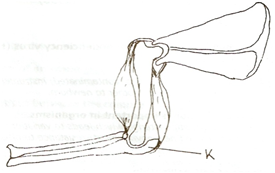
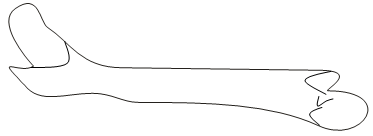

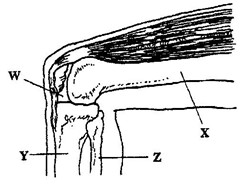
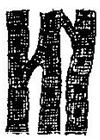
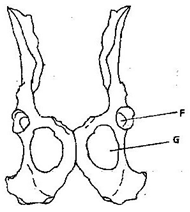
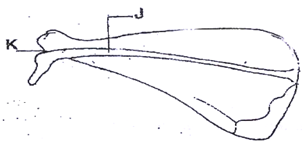
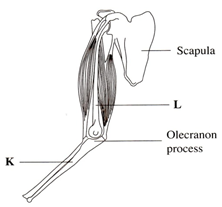







 RSS Feed
RSS Feed